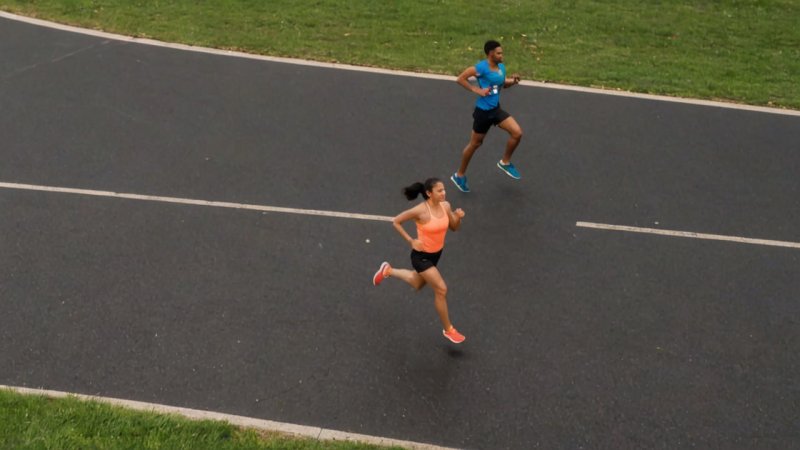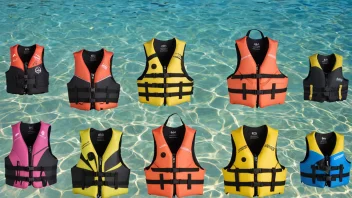1. Asphalt
Asphalt is one of the most common running surfaces, especially in urban areas. It offers a relatively smooth and firm surface, making it ideal for road running. However, the hardness of asphalt can lead to joint stress over time.
2. Grass
Grass surfaces provide a softer landing, reducing the impact on joints and muscles. This natural surface is perfect for those looking to minimize injury risks. However, uneven patches may pose a tripping hazard, so caution is advised.
3. Treadmill
Treadmills offer a controlled environment for running, allowing for consistent pace and incline adjustments. They are particularly beneficial for those training indoors, especially during inclement weather, although they can lack the varied terrain of outdoor running.
4. Track
Running tracks are designed specifically for athletes, providing a flat and cushioned surface that aids in speed and performance. Tracks can be a great choice for interval training and speed workouts, though they may lack the scenic variety of other surfaces.
5. Trail
Trail running surfaces can vary widely, from dirt paths to rocky terrain. They offer a unique challenge and are great for building strength and agility. However, they require proper footwear and awareness of the environment to avoid injuries.
The choice of running surface can significantly impact your running experience and performance. Each type of surface has its own advantages and disadvantages, so it's essential to choose the one that aligns with your fitness goals and injury prevention strategies. Remember to consider factors like impact on joints, terrain variability, and personal preference when selecting your running surface.






